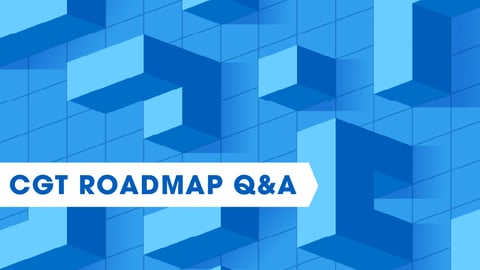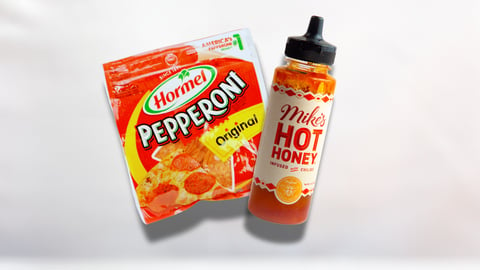New Product Innovation Growth Has Taken a Hit and Here’s Why: Study
New product innovation growth has slowed globally in the consumer goods sector, and the U.S. has had some notable setbacks in particular. While economic fatigue caused by the COVID-19 pandemic can be partly to blame, it’s only a small piece of the puzzle, according to recent data from Mintel.
So far in 2024, just 35% of global CPG launches across the food, drink, household, health, beauty, personal care, and pet care segments have been new launches. Meanwhile, 65% can be categorized as “renovations” (i.e., line extensions, reformulations, new packaging, and relaunchings).
North America, in particular, has been sluggish on the innovation front, with only 29% of CPG launches in the first five months of the year being new. This is lower than the global average of 35%.
Mintel’s Global New Product Database has tracked new-product trends since 1996 and points to this period as the lowest proportion of innovation ever recorded.
Category-Based Performance
Each category brings its own innovation cycle. Beauty, for example, often encounters the added hurdle of having to back up new product launches with receipts. Sixty-nine percent of French adults surveyed said that beauty brands should provide more scientific evidence to validate the claims they make, per Mintel.
More from beauty: Learn how L'Oreal is driving content and R&D personalization with generative AI.
In food and drink, however, the barriers of entry for innovation are even greater as manufacturers contend with complex supply chains, temperature restrictions for fresh foods, and lower margins. This is why the segment has been hit hardest with slowed growth, launching only 26% of new products between January and May 2024, compared to 50% in 2007.
Why the Downward Trend?
Persistent economic challenges have continued even after initial pandemic-induced hurdles emerged, putting a damper on innovation. With CPGs having to monitor operations and pricing to battle inflation and supply chain concerns, while also keeping in mind consumers’ value optics, it’s no wonder new product innovation might have taken a backseat.
“When you’re constantly having to support businesses by reformulating products to keep up with increasing ingredient costs, raw material shortages, and downsizing, there is little time left for blue-sky thinking,” according to the report. “From a consumer perspective, anxious shoppers have also been more concerned about getting value for money, than discovering new and exciting products.”
Consumer goods companies have to compete against private-label brands to maintain that value advantage. Almost a third (31%) of U.S. adults admitted to purchasing more store brands between March and May of 2024, according to Mintel.
Read more: See how CPGs are responding to the flood of private-label activity.
With advanced technologies at their side — smart carts, online shopping apps, digital memberships, and facial recognition cameras — retailers (particularly supermarkets) have been able to harness “a treasure trove of new digital data points.” These valuable consumer insights are run through AI algorithms, which then identify shopping trends to expedite private-label innovations that resonate with consumers.
Other Considerations
The innovation cycle is faster across the board. Technologies automate and expedite R&D and manufacturing, and algorithms kick-start decision-making in real-time rather than forcing reactionary operations. With everyone gaining access to these tools, it becomes almost a requirement to increase agility to “win the race for white space.”
It’s not just the larger CPG companies that are competing either. Between 2016 and 2020, only 25% of the growth of CPG was driven by leading brands, with small- and medium-sized brands making up 45% of growth and private labels making up 30%, according to Nielsen data and McKinsey analysis.
After the 2008-2009 financial crisis, startup brands emerged to claim their opportunity when there was a lack of R&D investment from larger brands. Companies like Olipop, Documents, and Glossier embraced the rise of digital technology, said Mintel.






